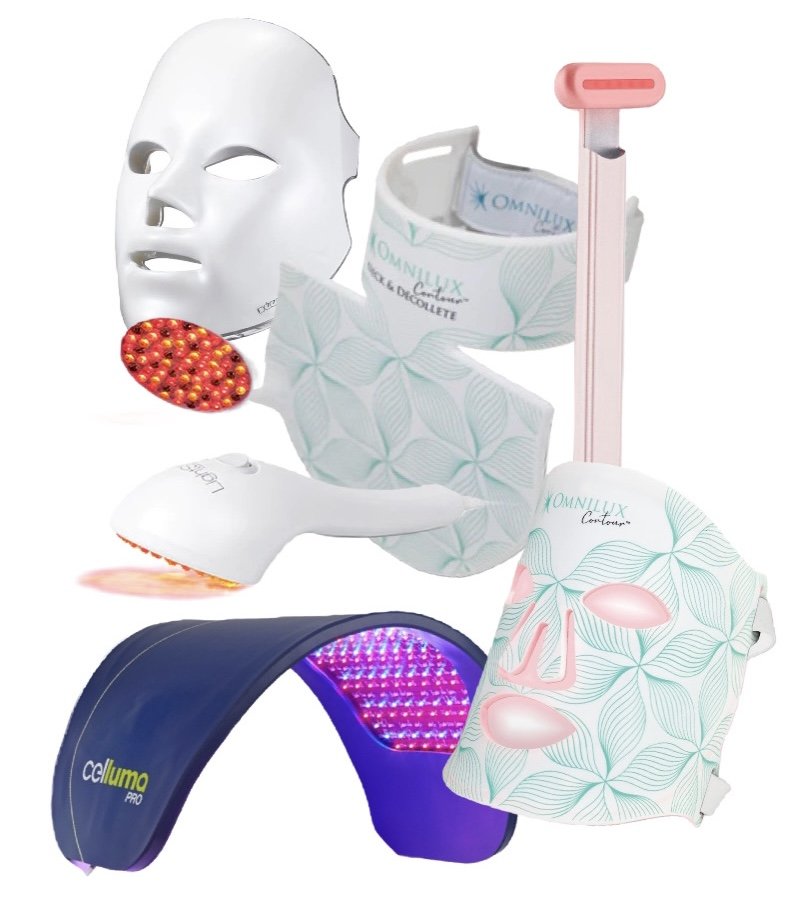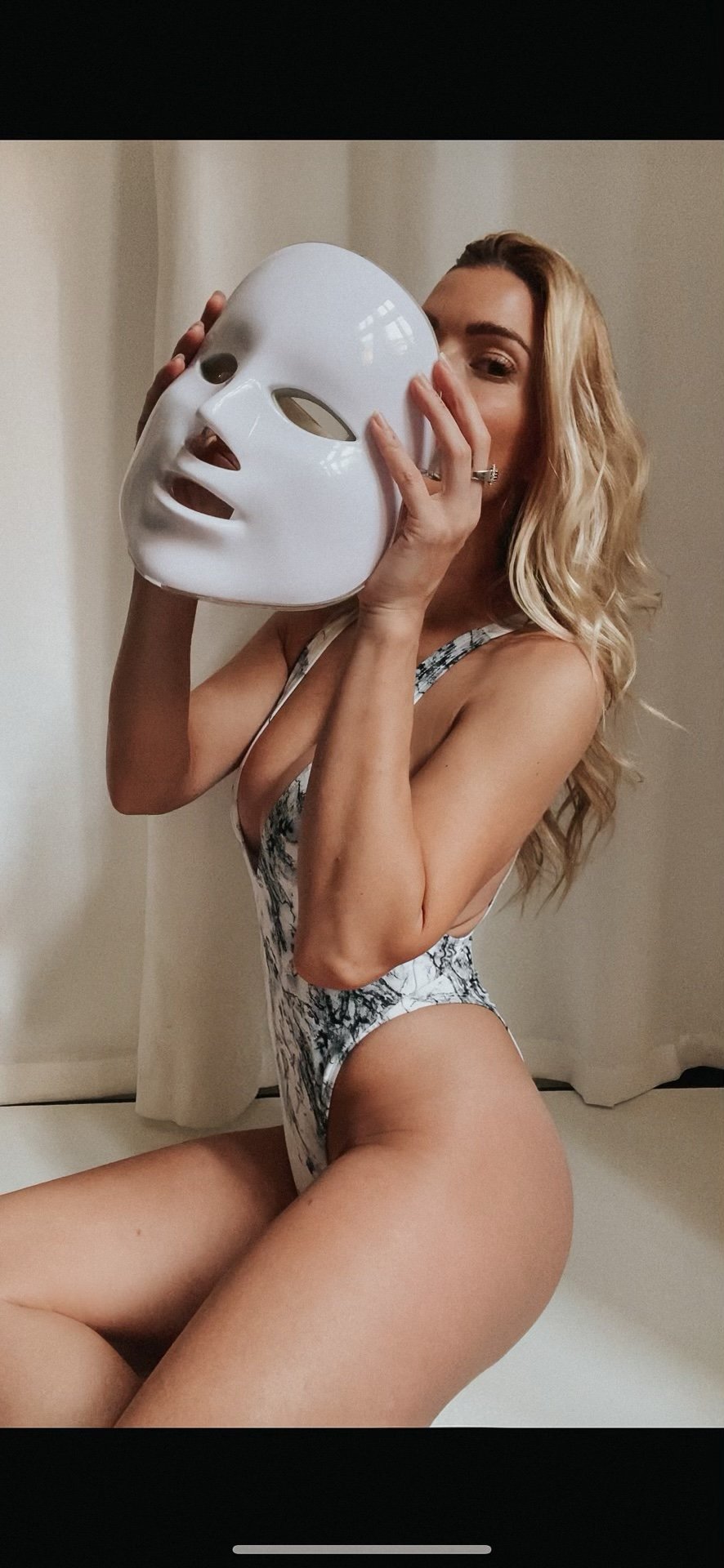What is LED light therapy and what to look for when purchasing a device
In the 1990s, NASA began studying LED’s effects in promoting wound healing in astronauts by helping cells and tissues grow.
What does LED light therapy do?
LED light therapy helps treat a variety of skin and body concerns and conditions, including:
Hair loss
Mild to moderate acne
Rough, scaly, precancerous spots on the skin (actinic keratosis)
Wounds.
Arthritic pain
Joint pain and stiffness
Muscle tension and spasms
In some cases, LED light therapy may treat small and superficial basal cell carcinoma (BCC). BCC, a skin cancer, is the most common type of cancer, affecting about 3.6 million Americans each year.
Not all devices for home care are created equally unfortunately, and here’s what’s important when selecting one.
LED light therapy uses various wavelengths that correspond to different colors. Each color penetrates the skin at different depths.
Blue light affects the uppermost layer of your skin.
Yellow light penetrates deeper.
Red light travels further into your skin.
Near-infrared light penetrates deepest.
The color emitted from an LED is identified by peak wavelength (lpk) and measured in nanometers (nm ). Peak wavelength is a function of the LED chip materials. The output from an LED can range from Red (at a wavelength of approximately 700 nm) to blue-violet (about 400 nm).
Red light has longer waves, with wavelengths around 620 to 750 nm. You’ll want to look for a device with these numbers or else you’re just wasting your money.
There’s also another misconception when it comes to wattage and power of the device.
The devices with more power are more effective at energizing your cells, meaning you are getting the most out of a red light therapy session more quickly. You might think the device’s wattage dictates its power, but this is a popular misconception; wattage refers to how much energy is being consumed by the device. To assess a device’s power, check out its irradiance, measured in milliwatts per square centimeter.
>250 mw/cm2 max
100.5 mw/cm2 at 6" - deep tissue
47 mw/cm2 at 18" - energy
15 mw/cm2 at 36" - skin
How long does it take for LED light therapy to work?
To see significant benefits, you may need a treatment each week for about a month. Then you might need maintenance treatments every month or every few months.
The most common LED are blue or red lights.
For Aging, Red light works best as it stimulates skin cells called fibroblasts. These help make collagen, which are important parts of skin recovery. Some studies have found that red LED light therapy tightens skin, reduces wrinkles and fine lines, and makes skin smoother and softer.
For Acne, Blue light is what you’ll need. Blue light rays help destroy the P. acnes bacterium responsible for producing acne. They may also have an anti-inflammatory effect on keratinocytes, the most common cells in the outer layer of the skin.
Here are some brands I like (and to give you an idea of different ways to incorporate Red light Therapy.. it’s not just for the face!)
Solawave for face & other benefits
Celluma for flexible therapy
Celluma Body
Rougecare for Large Panels
Omnilux
https://omniluxled.com
Hope this helped!
- Sarah xo

